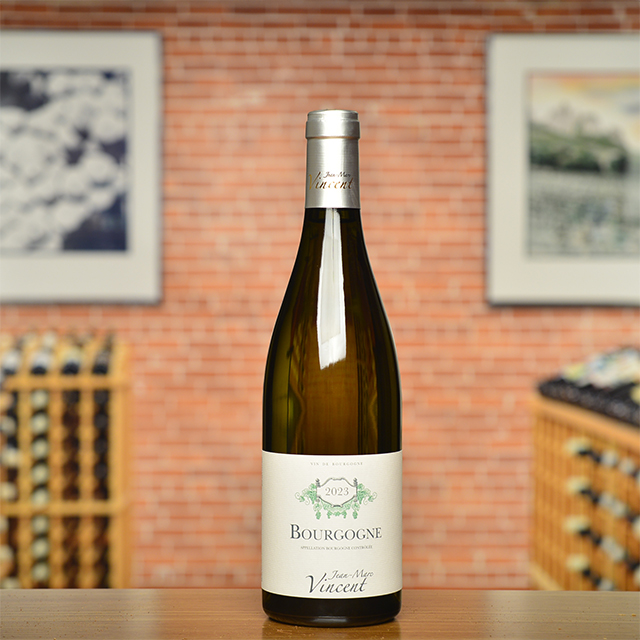Happy Hour on Geological Time
by Dustin Soiseth



Viewed from above, the Alsatian landscape is a striking panorama of pastoral villages nestled into little valleys and surrounded by vine-covered hillsides—rural, yet no less shaped by human hands than a big city. Instead of vast grids of buildings with small pockets of green, it is the other way around, like a metropolis for grapevines instead of people. Wine has been made here for more than a millennium.
In Alsace, where the Vosges Mountains slope down toward the Rhine River plain, there’s a patchwork of terroirs, including granite, sandstone, schist, and limestone, and even volcanic soils. With a sweep of his arm, Félix Meyer of Meyer-Fonné points out this varied geology. In some vineyards, the soil is visibly different from one row to the next, the result of ancient faults that bisect the landscape. The grand cru Wineck-Schlossberg vineyard, which overlooks Felix’s home village of Katzenthal, is on a granite ridge that extends out from the massif. Félix says that Riesling from this terroir is characterized by its delicacy and a pronounced minerality, qualities that the 2023 vintage has in abundance. It has the crystalline quality of pure spring water filtered by stone.
Just over the hill from Katzenthal, in the ancient village of Niedermorschwihr, Jean Boxler’s domaine is tucked away in a narrow valley surrounded by steep vineyards—the grand cru Sommerberg is right out the back door, and the grand cru Brand vineyard is over the hill. Winemaking records in this part of Alsace date back to the eighth century, with mentions of Brand in particular occurring as early as the 1200s. Blessed with multiple grand cru sites, Jean aims to keep his farming and vinification as consistent as possible from year to year, allowing the nuances of each vineyard and vintage to express themselves freely. Brand’s southern exposition and sandy, granitic soils make it one of the warmer sites in Alsace, producing Rieslings with concentration and power, especially in an excellent vintage like 2023. Open and generous now, Boxler’s Brand will develop a honeyed complexity with aging.
Farther north, in Ammerschwihr, the Adam family is the steward of the venerable Kuentz-Bas estate. For fourteen generations, they have made wine in Alsace, and their roots run deep. Their Riesling Geisberg—from one of Alsace’s smallest grands crus—is broad and structured. Riesling grown in Geisberg’s clay and limestone soil can be denser than Riesling from granite, and it takes more time to show its stuff. Of course, the vintage matters, too. Jean-Baptiste Adam describes 2021 as one to age. With a firm backbone, the wine is focused and intense. The Adams have employed biodynamic practices in their vineyards for more than twenty years, and Jean-Baptiste says that it takes up to ten years to really see the difference in the wines. That may seem like a long time, but what’s a decade when you’re still using foudres that are 150 years old and decorated with pictures of your ancestors? It’s just one of the many ways this family, much like Alsace itself, operates on a whole different timescale.
2023 Riesling Grand Cru “Wineck Schlossberg”
France | Alsace
2023 Riesling Grand Cru “Brand”
France | Alsace
2021 Riesling Grand Cru “Geisberg”
France | Alsace














